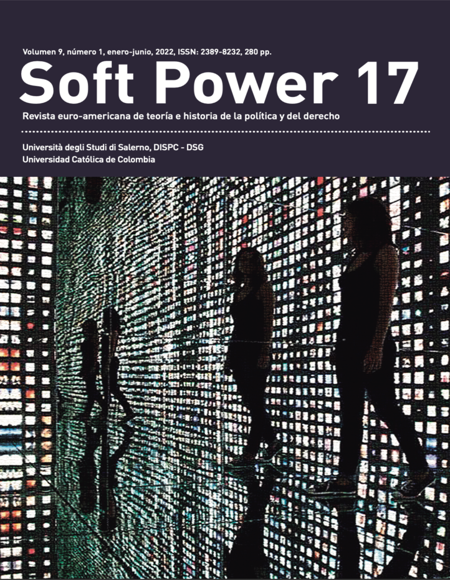
Esta obra está bajo una licencia internacional Creative Commons Atribución-NoComercial 4.0.
Al enviar los artículos para su evaluación, los autores aceptan que transfieren los derechos de publicación a Soft Power. Revista Soft Power para su publicación en cualquier medio. Con el fin de aumentar su visibilidad, los documentos se envían a bases de datos y sistemas de indización, así mismo pueden ser consultados en la página web de la Revista.Resumen
In liberal societies, the institutional device of democracy and that of the market present a striking analogy: both are based on an intrinsically competitive dynamic. In both cases, in fact, the institutional architecture foresees competition between different actors – parties and movements in one case, companies and market operators in the other – and excludes the recourse to a supreme authority embodying society as a whole (with the exception of some institutional roles inherited from the past whose function is essentially ritual).
According to these theories, the only true guardian of the public interest should be the device as such, with its impersonal mechanism and its set of rules – the “rules of the game” – which are equally binding for all individual actors. On paper, in fact, the rules are designed to reward each competitor in exact proportion to its ability to intercept the demands of the “public”, meaning, depending on the case, voters, consumers or investors. By competing with each other, therefore, the various players are supposedly encouraged to contribute to the construction of an overall order that none of them has designed, of which none is the author and which, nevertheless, solely because of the rationality of the mechanism, is automatically believed to the “optimal” order, the one most able to mediate between and satisfy the needs of all.







